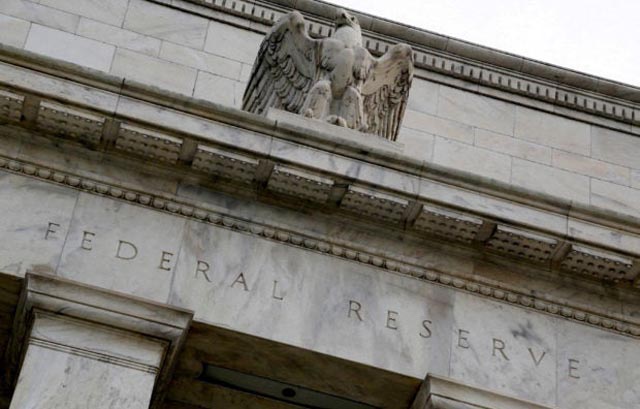
WASHINGTON, Nov 1, 2023 (BSS/AFP) - The Federal Reserve is widely expected to announce Wednesday that it will keep interest rates at a 22-year high in a bid to tackle inflation without harming the buoyant US economy.
The Fed rapidly raised its benchmark lending rate for much of last year, lifting it to a range between 5.25 and 5.50 percent in the hopes of returning inflation to its long-term target of two percent.
When the Fed hikes interest rates it raises the cost of borrowing from the bank, which dampens economic activity and weakens the labor market.
"Fed officials appear to have signaled that they will not be hiking," Goldman Sachs Chief US Economist David Mericle wrote in a recent investor note.
"We interpret their recent comments to imply that most would prefer not to hike again, in line with our forecast," he added.
But while other analysts, including those at Bank of America and Deutsche Bank, see a November pause as highly likely, they have been less certain that the Fed has finished its interest rate-hiking cycle.
Futures traders assign a probability of more than 98 percent that the Fed will vote to hold rates steady in November, according to CME Group data.
- Resilient economy -
Since peaking at more than seven percent in June last year, inflation as measured by the Fed's favored measure has fallen by more than half -- though it remains stuck firmly north of three percent.
Many analysts, including those employed by the Fed, were predicting the United States would enter a recession this year due to the rapid pace of interest rate hikes.
However, economic growth has remained surprisingly robust, solidifying expectations of a so-called "soft landing," when the Fed smoothly brings down inflation without tanking the economy.
The labor market, which the Fed is also charged with supporting, has shown some signs of weakening this year, although the unemployment rate remains close to historic lows.
"I always say it is a mistake to bet against the American people," President Joe Biden said in a statement Thursday, shortly after the most recent economic figures were released.
- Bonds yields in mind -
Despite the strong recent string of economic data, the Fed's rate decision has been made easier by a recent surge in yields on longer-term government bonds.
Whereas the Fed's key short-term rate mainly affects the borrowing rates offered by banks, Treasury yields determine "everything from mortgage rates to corporate and municipal bond yields," KPMG Chief Economist Diane Swonk wrote in a recent note to clients.
For some analysts, like Goldman's David Mericle, the "rapid rise in ten-year Treasury yields," have played the biggest role in shaping the Fed's likely decision to hold interest rates on Wednesday.
The Fed's rate-setting committee "appears to have coalesced around the view that the recent tightening in financial conditions led by higher long-term interest rates has made another hike unnecessary," economists at Citi wrote in a recent note to clients.
At its most recent meeting, Fed policymakers indicated they expected at least one more increase this year, but have moderated their tone about further hikes in the weeks since.
Earlier this month, Fed Chair Jerome Powell said the current policy stance is "restrictive," suggesting monetary policy was working to put "downward pressure on economic activity and inflation."
And Philadelphia Fed President Patrick Harker said he believed the Fed was "at the point where we can hold rates where they are."
"I think doing nothing at this moment equates to doing quite a lot," he added.
With a pause all-but certain as far as the markets and analysts are concerned, attention is focused once more on Powell's press conference after the decision is announced.
"Despite the newfound caution, we expect Chair Powell to use the press conference to reassert that the Fed remains data dependent and that the Fed will not hesitate to react if upside risks to inflation are realized," Citi economists wrote in their recent investor note.